Don’t Put Your Tools Away Yet: Your Guide to a Killer Fall Vegetable Garden
You know that crisp smell in the air when the seasons start to turn? Most people take that as a cue to pack up their gardening gear. They see the leaves falling and figure it’s all over until next spring. But honestly, they’re missing out on the best part.
In this article
For anyone who really gets the rhythm of the soil, this time of year is like a second spring. It’s this perfect window of opportunity to keep your garden producing amazing food long after the summer sun has waved goodbye. The effort you put in now pays off with fresh, flavorful harvests deep into the cooler months. Seriously, you’ll be eating fresh salads when everyone else is buying them in plastic boxes.
But heads up: fall planting isn’t just about chucking leftover seeds in the ground. It’s a completely different game. You’re working with cooling soil, shorter days, and the eventual threat of frost. I once learned this the hard way—I rushed to plant fall greens in a totally spent tomato bed. The result? A patch of sad, stunted, yellowing plants and a whole lot of wasted time. Never again.
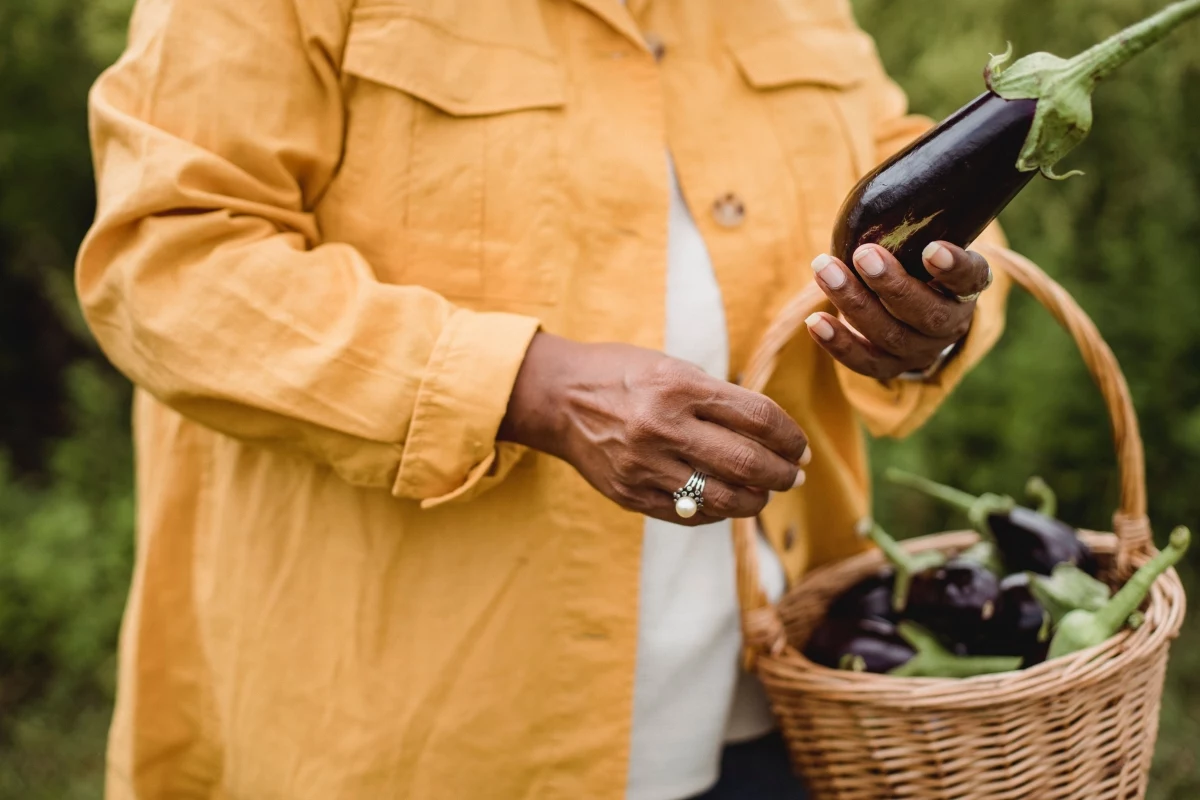
First Things First: Wake Up Your Garden Beds
You can’t expect new plants to thrive in tired, depleted soil. Your summer crops were heavy feeders, and they took a lot out of the ground. So, your first job is to clean up and refuel. This step is absolutely non-negotiable.
Clearing and Feeding the Soil
Start by pulling out all those old summer plants. And I mean all of them—get the roots, too. This is your best defense against pests and diseases sticking around for a second round. Oh, and if any of those plants looked sickly? Don’t compost them. Bag ’em up for your municipal trash. It’s a simple rule that prevents a ton of future headaches.
Once the bed is clear, it’s time to put some goodness back in. The ground is still warm enough for all the good microbes to do their thing, which means any nutrients you add now will be ready and waiting for your new plants. My go-to recipe is a solid two-inch layer of high-quality compost. For a typical 4×8 foot raised bed, this usually works out to about two of those 1.5 cubic foot bags you see at the garden center, which might run you $15 to $25 total.
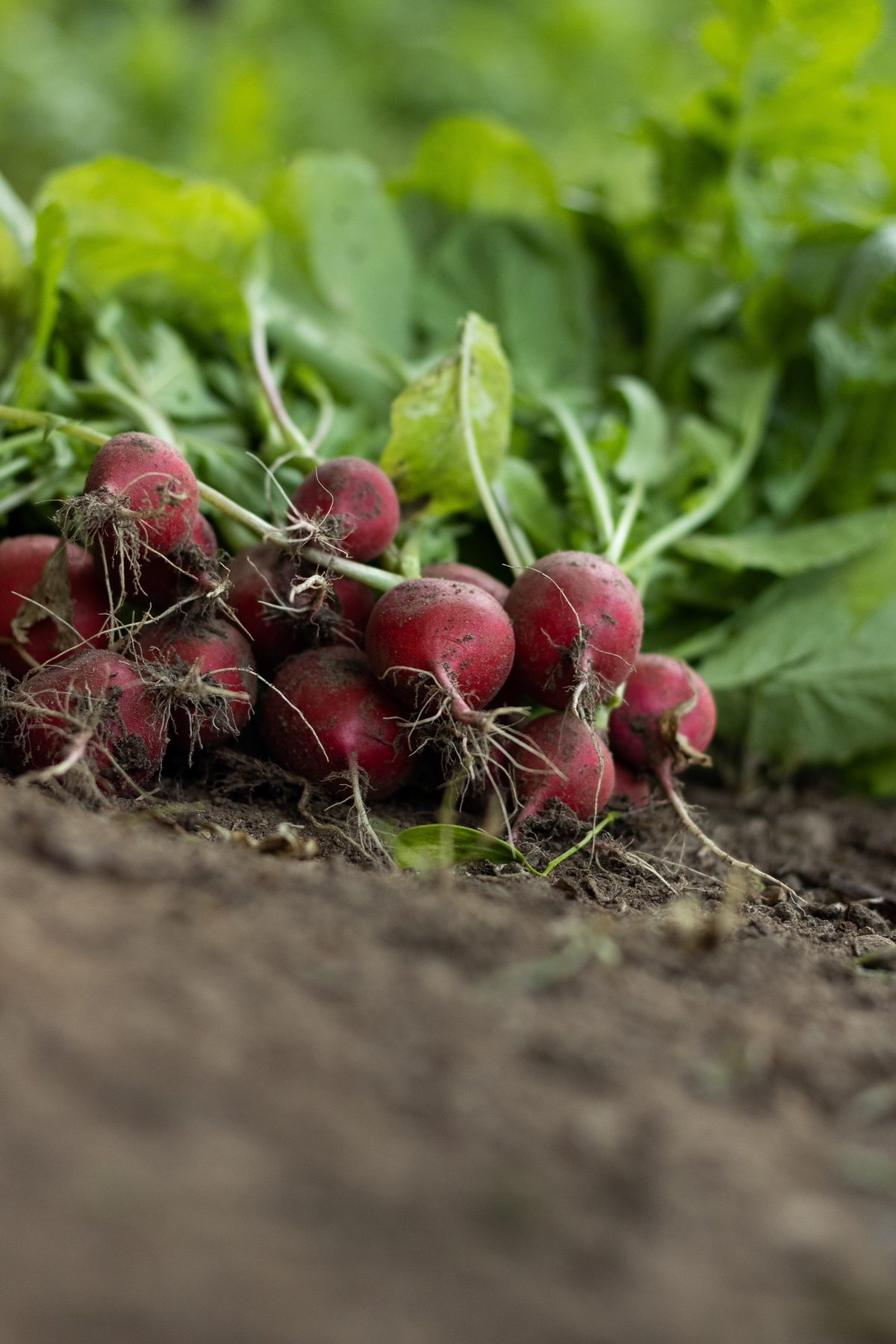
For an extra kick, I sometimes toss in a balanced, all-purpose granular fertilizer. Look for one with an even ratio, like a 4-4-4. A few big handfuls for a 4×8 bed is plenty—don’t go crazy. Then, just gently work those goodies into the top four to six inches of soil with a garden fork. You want to loosen things up without completely wrecking the soil’s natural structure.
A Quick Note on Soil Safety
By the way, if you’re working with a new garden space, especially in a city, I strongly recommend getting a soil test. Your local university extension office can usually help you out with a cheap kit. It’ll tell you about your soil’s pH and nutrient levels, but more importantly, it checks for nasty stuff like heavy metals. It’s a critical safety step that’s well worth the peace of mind.
The Best Veggies to Plant Right Now
Alright, with your beds prepped, it’s time for the fun part. We’re looking for crops that either grow fast or actually get better with a bit of cold. You heard me right—a light frost can make some vegetables taste even sweeter. It’s a neat trick where the plant creates sugars as a natural antifreeze.
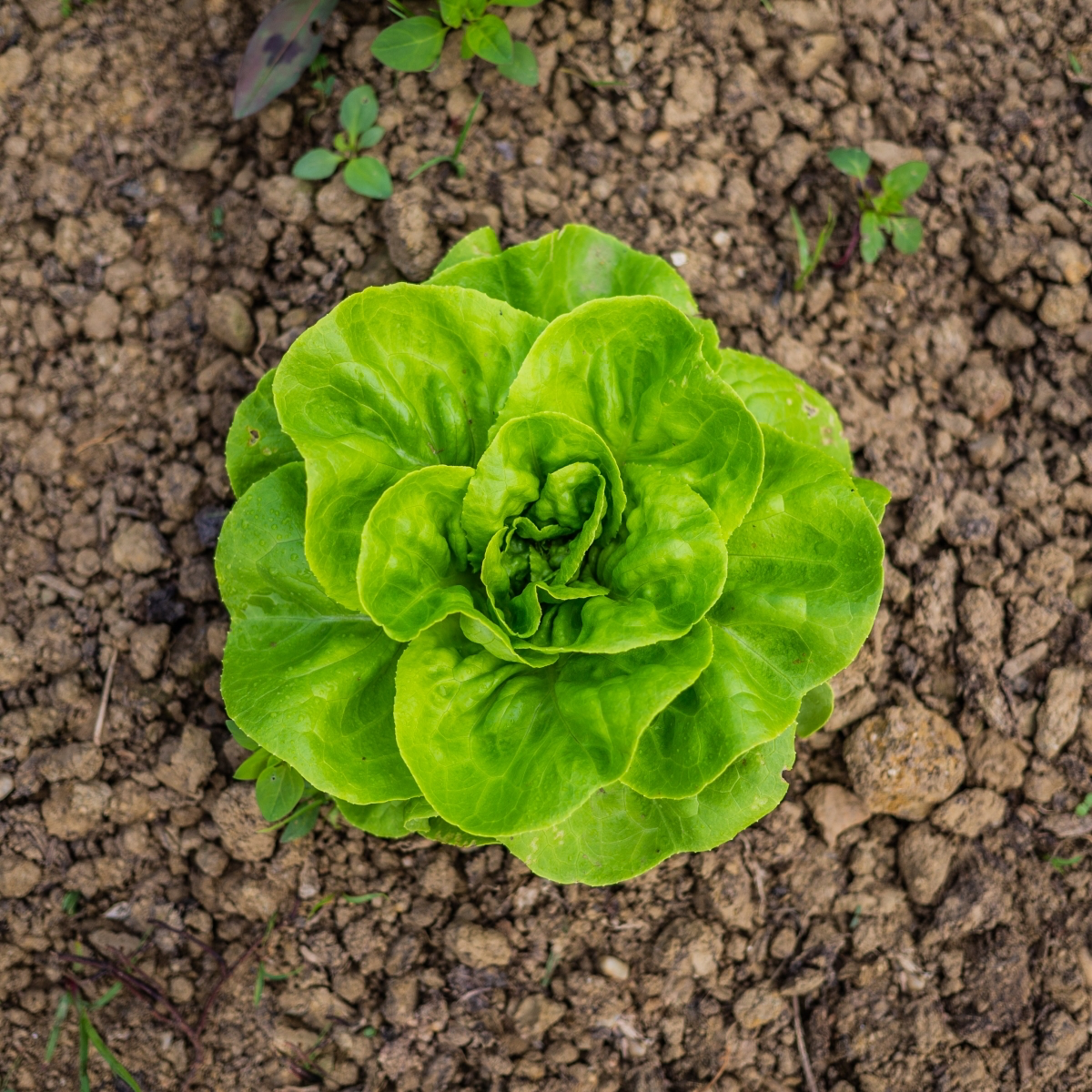
Feeling Overwhelmed? Start Here.
If you only do one thing after reading this, do this: Go plant a two-foot row of radishes. Seriously. They’re the perfect crop for the impatient gardener, going from seed to salad in about four weeks. Fall’s cool soil keeps them crisp and mild, unlike the summer heat that can make them spicy and woody. In a month, you’ll be eating something you grew, and I promise you’ll be hooked.
Lettuce and Other Greens for November Salads
There is nothing quite like a garden-fresh salad in November. Planting lettuce and other greens now makes that a reality. The great thing about fall is that you’re not fighting the intense heat that turns spring lettuce bitter.
A pro tip is to plant loose-leaf varieties. This way, you can harvest just the outer leaves, and the plant will keep producing from the center. It’s called the ‘cut-and-come-again’ method, and it massively extends your harvest. Sow the seeds shallowly, keep them moist, and you’re good to go. Most varieties need about 45-60 days to mature.
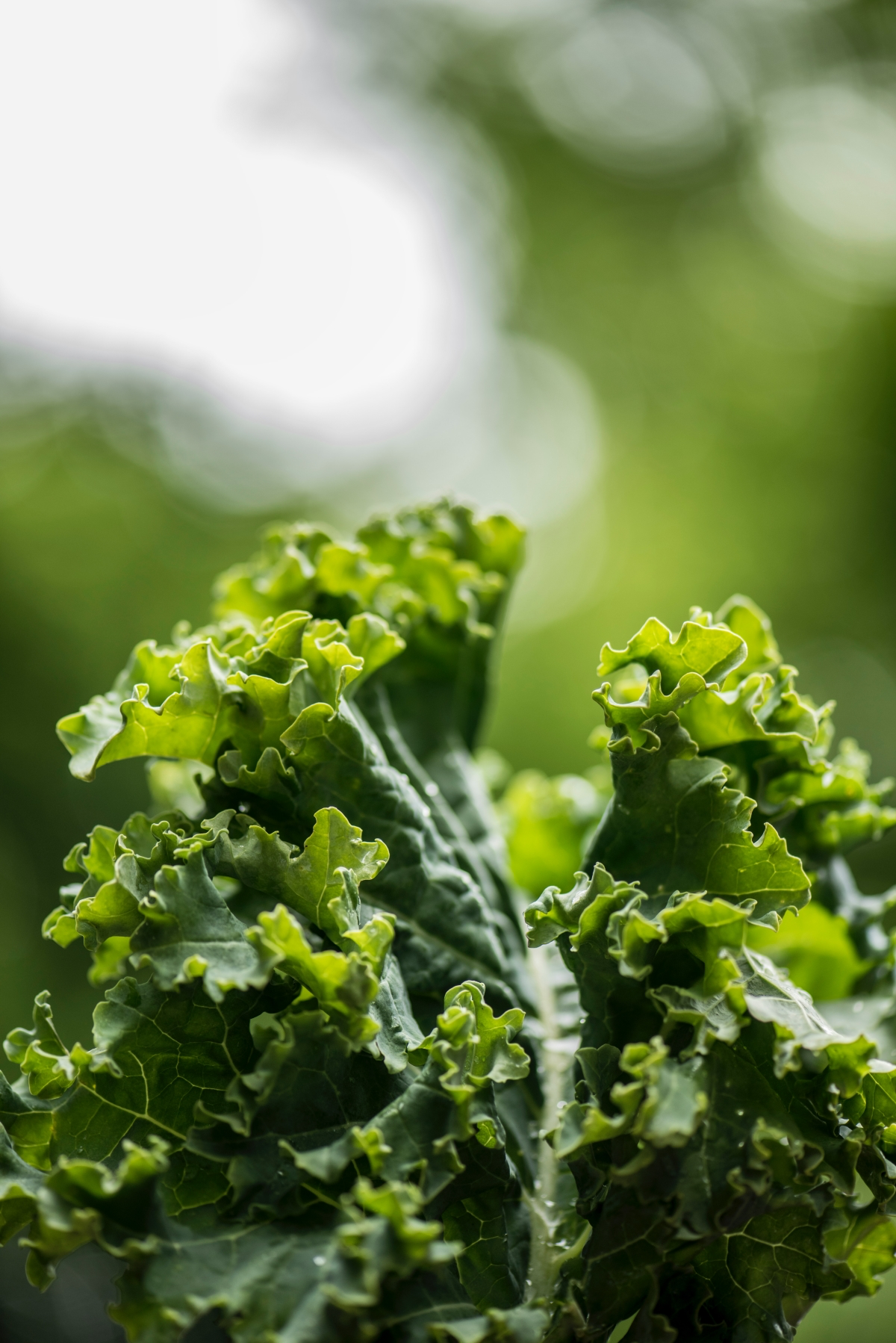
The key to success is knowing your first average frost date. Seriously, open a new tab and Google “first frost date [your zip code]” right now. I’ll wait. Got it? That date is your new best friend. You need to get your seeds in the ground with enough time for them to mature before that date arrives. So if you’re in a colder zone, you need to plant right away. If you’re in a warmer climate (like Zone 8 or 9), you can probably keep planting these greens well into October.
Kale: The Undisputed King of the Cold
Kale is an absolute beast in the garden. It doesn’t just survive a frost; it embraces it. After a good cold snap, the leaves get ridiculously tender and sweet. I’ve harvested kale in January with snow on the ground, and it’s fantastic.
You can plant from seed, but to give them a head start, I often grab a few starter plants from a local nursery for a couple of bucks each. Give them plenty of space—about 18 inches apart—because they get big. The main pest to watch for is the cabbage worm. I avoid chemical sprays by immediately covering my kale patch with a floating row cover. It’s just a lightweight fabric that acts as a physical barrier, and it works like a charm.
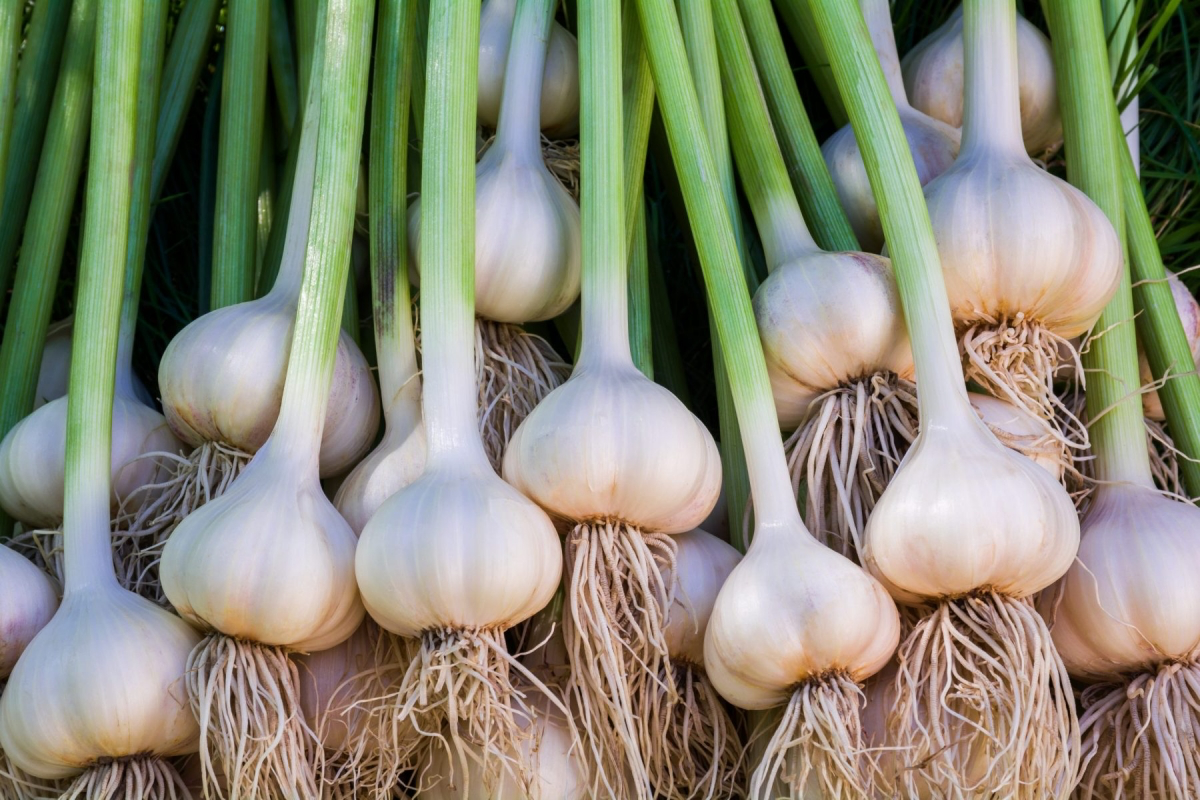
Carrots: So Much Sweeter in the Fall
A fall-grown carrot is a revelation. The cool soil coaxes out its sugars, making it crunchier and sweeter than anything you’ll find in a plastic bag. The biggest challenge? Getting the seeds to sprout. They can take a while.
Here’s a game-changing trick I learned from an old-timer: after sowing your seeds, lay a burlap sack or an old plank of wood over the row. This keeps the soil surface perfectly moist. Just lift it to peek every day, and as soon as you see the first hint of green, remove the cover. It works wonders. Also, make sure your soil is loose and free of rocks. If you have heavy clay, try a shorter, rounder variety like the ‘Paris Market’ type; they’re designed for it.
Spinach: The Two-for-One Crop
Spinach adores cool weather. If you plant it now, you’ll get a great harvest in late fall. But here’s the magic part: with a little protection, it can actually survive the winter and give you a second, super-early harvest in the spring before you’ve even planted anything else. For overwintering, I find the crinkly ‘savoy’ types hold up best to the cold.
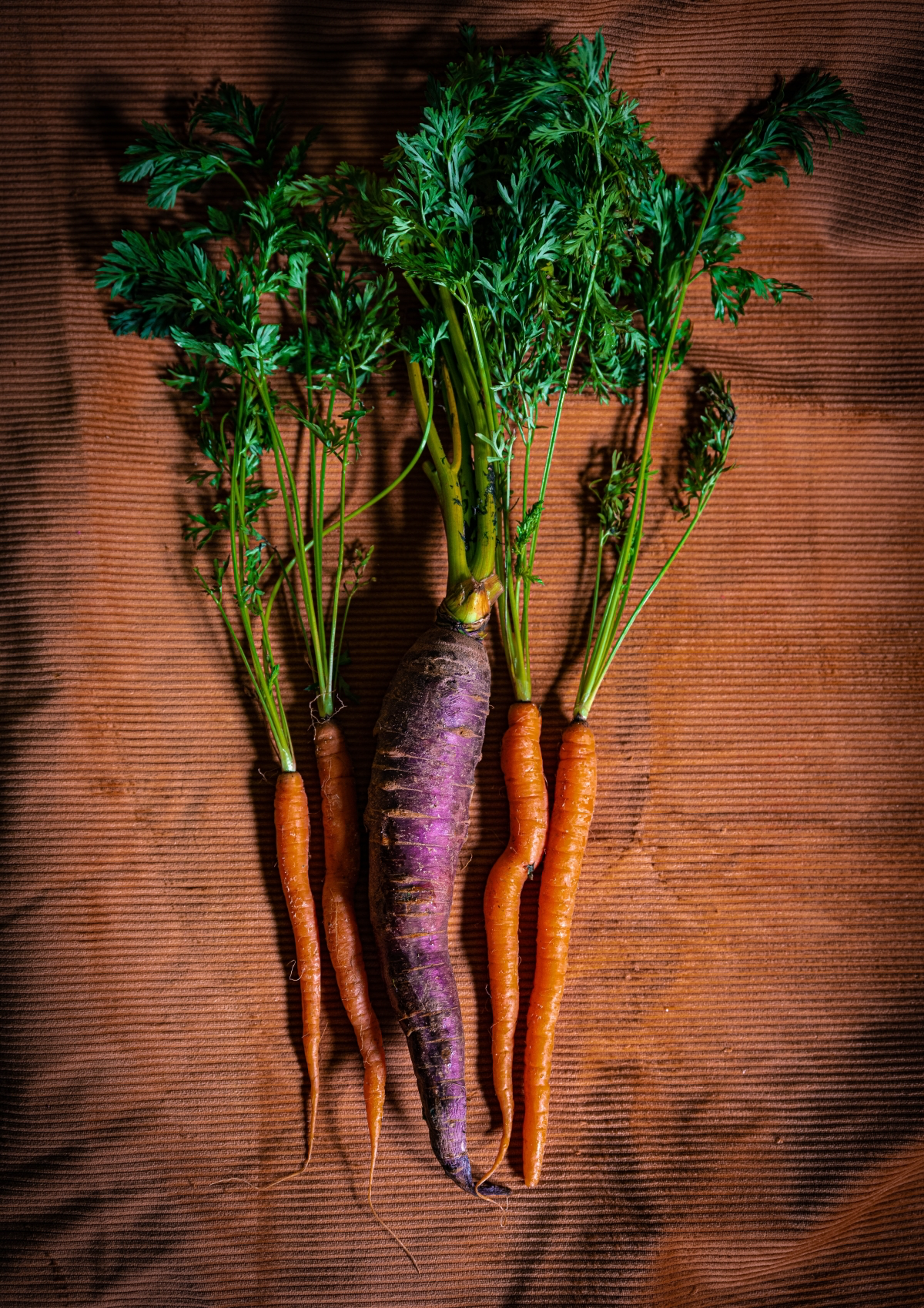
The Ultimate Fall Investment: Garlic
Garlic is planted in the fall for a big harvest the following summer. It’s incredibly easy, and the difference between homegrown and store-bought is night and day. It’s more potent, complex, and it stores for way longer.
Hardneck or Softneck? Here’s How to Choose
This is your first big decision, and it mostly comes down to your climate.
- For Colder Climates (Zone 6 and below): You’ll want to plant Hardneck garlic. It’s built for the cold and produces a delicious, edible flower stalk in early summer called a ‘scape’—a bonus harvest! The bulbs have fewer, larger cloves with more complex, robust flavors.
- For Milder Climates (Zone 7 and up):Softneck garlic is your best bet. This is the kind you see in braids at the store. It doesn’t make a scape, but its major advantage is its incredibly long storage life. You’ll get more cloves per bulb, usually in multiple layers.
Whatever you do, buy your garlic from a seed supplier or a trusted local nursery—not the grocery store. Seed garlic can cost a bit more, maybe $15 to $25 for a few bulbs, but it’s certified disease-free and selected for growing. Supermarket garlic is often treated to prevent sprouting.
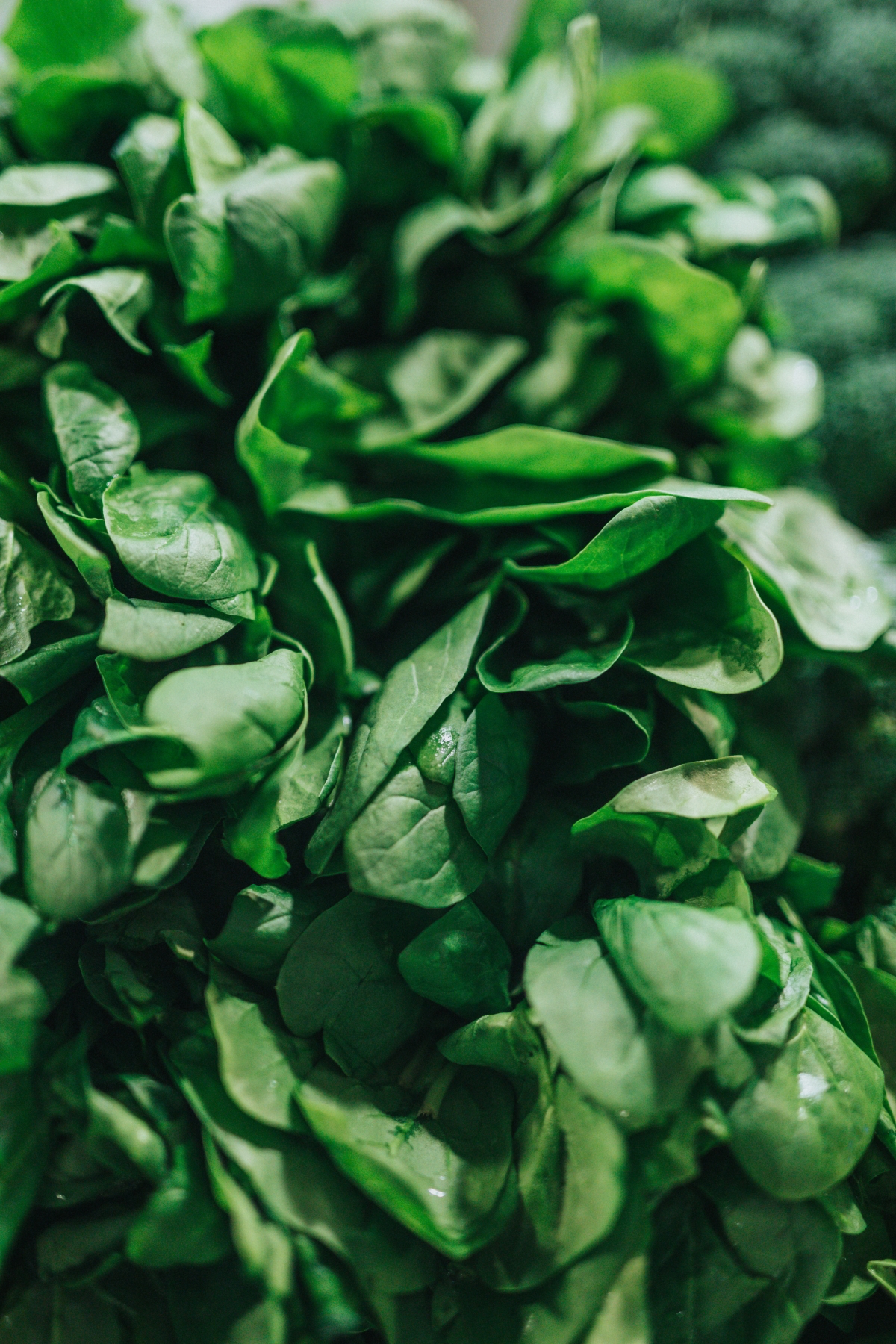
Just break the bulbs into individual cloves right before planting. Plant the big, healthy ones pointy-end up, about two inches deep and six inches apart. After planting, cover the bed with a few inches of straw mulch. One last thing: garlic HATES wet feet. It will rot in soggy ground, so make sure your soil is well-draining. If you have heavy clay, a raised bed is a must.
Want to Go Pro? Extend Your Season
You don’t need a fancy greenhouse to keep the harvests coming. A little bit of protection can extend your season by weeks, if not months.
My favorite cheap and easy solution is a low tunnel. I make mine with a few 10-foot lengths of 1/2-inch PVC pipe, bent into hoops over the garden bed. You can just slide the ends over 2-foot pieces of rebar hammered into the ground. Drape some greenhouse plastic or heavy row cover over it, and you’ve created a mini-greenhouse. The whole setup for one bed can cost less than $30 at a hardware store and keeps things inside much warmer than the outside air, which is enough to keep kale and spinach happy through a moderate winter.
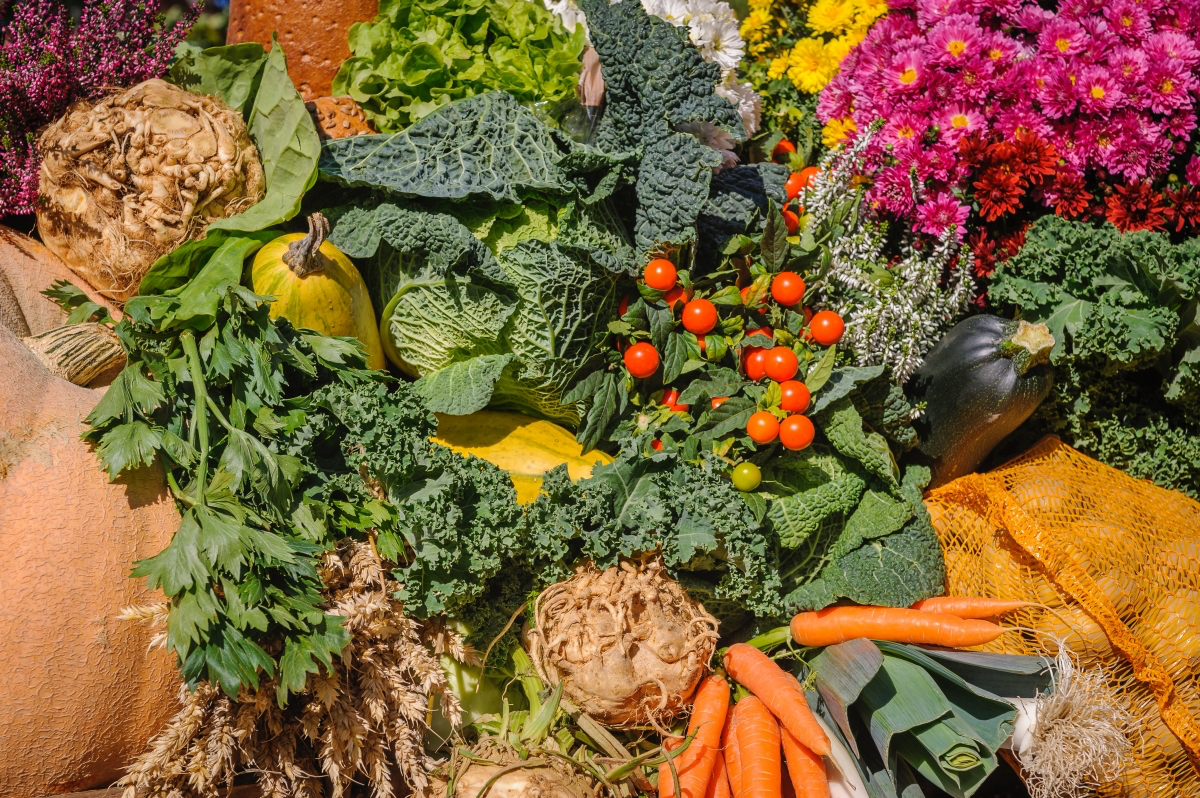
A Final Checklist to Get You Started
Gardening in the fall is peaceful. The air is cool, the bugs are mostly gone, and the pace is more relaxed. Here’s a simple to-do list to get you moving:
- Find Your Frost Date: Google it! This is your deadline.
- Clear One Bed: Start small. Pull out old summer plants from just one garden bed.
- Grab Some Compost: Pick up a bag or two on your next errand run.
- Plant Something: Even if it’s just that one little row of radishes. Action is everything.
Don’t look at September as the end of the gardening season. It’s a brand new beginning. The work you put in now will fill your kitchen with fresh, healthy food when you crave it the most. It’s a rhythm that connects you to the seasons in a way that is just so satisfying.
Inspirational Gallery
Is a little frost actually a good thing for some plants?
Absolutely. For certain vegetables like kale, carrots, and parsnips, a light frost triggers a biological reaction. The plant converts its starches into sugars to act as a natural antifreeze, protecting its cells from freezing. This process, known as
Floating Row Cover: Think of a lightweight, breathable blanket for your plants. A product like Agribon AG-19 allows light and water through but traps a few degrees of heat, protecting crops from light frosts and wind. It’s inexpensive and easy to drape over hoops.
Cold Frame: A more permanent, box-like structure with a clear top (often glass or polycarbonate). It creates a mini-greenhouse effect, offering several more degrees of protection than a row cover and extending the season significantly for cold-hardy greens.
For beginners, a row cover is a great starting point. For serious season extension, a cold frame is a worthy investment.
For an almost-instant harvest before the first hard freeze, focus on these quick-growing fall favorites:
- Radishes (like ‘Cherry Belle’): Ready in as little as 25-30 days from seeding.
- Arugula: Its peppery leaves can be harvested as baby greens in just 3 weeks.
- Spinach (‘Tyee’ or ‘Bloomsdale Long Standing’): Quick to sprout in cool soil for an early fall crop.
- Lettuce Mixes: Choose a
Did you know? The sugar content in a parsnip can increase by 15-20% after it has been exposed to near-freezing temperatures for two to four weeks.
This is why many seasoned gardeners swear by harvesting their root vegetables only after the first couple of frosts have settled in.
- Prevents soil erosion from winter rains and winds.
- Suppresses weed growth for a cleaner start next spring.
- Adds valuable organic matter and nitrogen when tilled in.
The secret? Planting a
There’s a unique quietness to a fall garden. The frantic buzz of summer pollinators is replaced by the gentle rustle of leaves and the earthy scent of damp soil. It’s a more contemplative space, where the reward isn’t just the harvest on your plate, but the crisp air in your lungs and the deep satisfaction of working with the season, not against it.
Don’t forget the sun’s new angle: That spot that was sun-drenched in July might be in the shadow of your house or a neighbor’s tree by October. Before you plant, take a moment around midday to observe where the sun actually falls. Shorter days mean every hour of direct light is precious for your fall crops like spinach and lettuce.
According to the National Gardening Association, over one-third of U.S. households now grow some of their own food.
This boom isn’t limited to sprawling backyards. A simple 18-inch pot on a sunny balcony can become a fall salad factory. Plant it with a mix of colorful loose-leaf lettuces, spicy mustards, and a few ‘Paris Market’ carrots. You get an ultra-fresh, hyperlocal harvest right outside your door, proving you don’t need a large plot to enjoy the fall growing season.
Fall is the perfect—and only—time to plant garlic for a large, robust harvest next summer. Planting now gives the cloves all winter to develop strong root systems. Think of it as an investment in next year’s flavor.
- Choose
Don’t bag up all your fallen leaves! Oak, maple, and birch leaves are gardener’s gold. Simply rake them into a pile in an out-of-the-way corner (or contain them in a simple wire-mesh cylinder) and let them sit for a year or two. They will decompose into a dark, crumbly, nutrient-rich leaf mold—a superb, and completely free, soil conditioner that improves water retention and soil structure.










